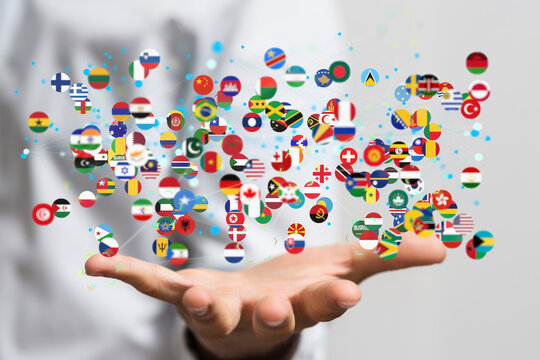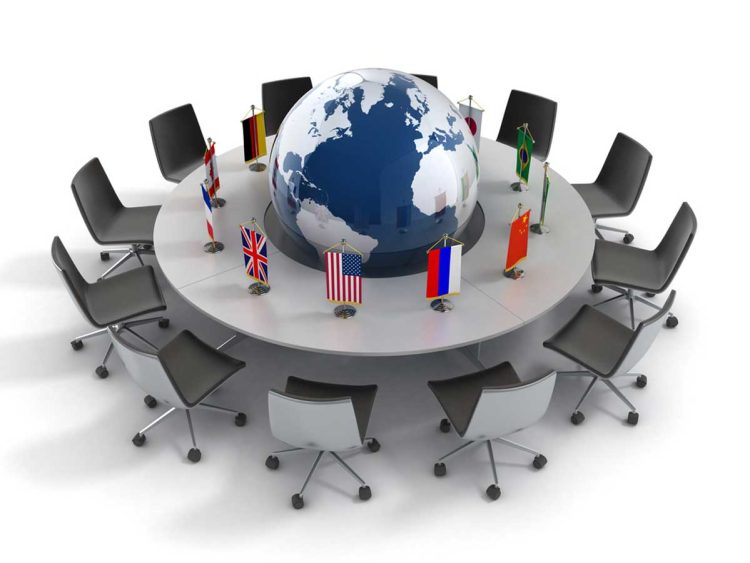Prologue: A Tweet that Shook the World
In 2018, a single tweet from a U.S. president criticizing a foreign leader triggered stock market turbulence, diplomatic backlash, and international news headlines within minutes. What once would have taken weeks of formal communication now played out in real time, in front of billions of global citizens.
This moment captures a truth of the 21st century: diplomacy no longer belongs solely to backroom negotiations and official communiqués. It unfolds live, shaped by technology, data, and information flows.
1. Technology as a Diplomatic Actor
1.1 From Telegraph to Twitter
- In the 19th century, the telegraph accelerated negotiations.
- In the Cold War, television and radio became propaganda tools.
- Today, social media and AI-driven platforms shape public diplomacy directly.
1.2 Tech Companies as Power Brokers
- Firms like Meta, Google, and X (formerly Twitter) influence global narratives.
- Private sector involvement blurs the line between state and non-state power.
- Cybersecurity firms and data providers are new actors in international politics.
Mini-Case: During the Russia-Ukraine conflict, platforms like TikTok became “battlegrounds” of influence, shaping public opinion as much as battlefield reports.
2. Information as Power in the Digital Age
2.1 Diplomacy of Visibility
- Leaders communicate directly with foreign populations through social media.
- Digital diplomacy enhances transparency but also increases risks of escalation.
2.2 Weaponization of Information
- Disinformation campaigns target elections and weaken alliances.
- Cyberattacks on critical infrastructure can have diplomatic consequences.
Mini-Case: Alleged Russian interference in U.S. and European elections illustrates how information warfare reshapes diplomacy.
3. New Arenas of Global Competition
3.1 Cyber Diplomacy
- Negotiations on norms for cyberspace (e.g., UN discussions on cyber warfare).
- States struggle to define “red lines” in the digital domain.
3.2 Technology Standards as Soft Power
- 5G, AI ethics, and digital trade agreements become tools of influence.
- Competing frameworks: U.S. “open internet” vs. China’s “cyber sovereignty.”
3.3 Space and Digital Infrastructure
- Satellites, undersea cables, and cloud services are now part of national security.
- Diplomacy increasingly involves protecting and regulating these systems.

4. Case Studies of Digital Diplomacy in Action
Case 1: The Arab Spring (2010–2011)
- Social media platforms enabled grassroots movements.
- States responded with both censorship and digital engagement.
- Demonstrated how digital tools can transform political legitimacy.
Case 2: COVID-19 Pandemic Diplomacy
- Vaccine distribution accompanied by digital misinformation battles.
- “Vaccine diplomacy” intertwined with online narratives of trust and doubt.
Case 3: The Russia-Ukraine War (2022–)
- Zelensky’s direct digital appeals to foreign parliaments and publics.
- Cyber operations by state and non-state actors.
- A hybrid war fought as much on screens as on battlefields.
5. Challenges of Diplomacy in the Digital Era
- Speed vs. Deliberation: Diplomats pressured to respond instantly, reducing careful negotiation.
- Misinformation Threats: False narratives spread faster than corrections.
- Digital Divide: Not all nations have equal access to digital tools, creating asymmetry.
- Erosion of Secrecy: Traditional diplomacy valued confidentiality; today leaks and hacks undermine trust.
6. The Future of Digital Diplomacy: Scenarios for 2050
Scenario 1: AI Negotiators
Artificial intelligence systems assist or even lead diplomatic talks, simulating outcomes and reducing human error—but raising ethical dilemmas.
Scenario 2: Virtual Summits as the Norm
Global leaders meet in immersive virtual reality, reducing costs but risking digital exclusion of poorer states.
Scenario 3: Global Cyber Accord
Like the Geneva Conventions for warfare, states eventually agree on rules to protect digital infrastructure and prevent AI escalation.
Scenario 4: Fragmented Digital Spheres
A divided internet (“splinternet”) emerges, with competing digital ecosystems led by the U.S., China, and other blocs, limiting cooperation.
7. Toward a New Model of Diplomacy
- Diplomacy must integrate technologists, data scientists, and cybersecurity experts alongside traditional diplomats.
- Transparency and resilience will become key values in sustaining public trust.
- Hybrid diplomacy will blend face-to-face engagement with digital strategies.
Conclusion: Diplomacy at a Crossroads
The digital age has not erased the need for traditional diplomacy—it has amplified it. Technology and information do not replace human agency, but they accelerate, magnify, and sometimes destabilize diplomatic interactions.
The 21st-century diplomat must therefore be more than a negotiator in closed rooms; they must be a communicator, a strategist in information wars, and a guardian of digital peace.
As technology continues to evolve, the future of international relations will depend on how wisely states use digital tools—whether to build bridges of cooperation or walls of division.
















































